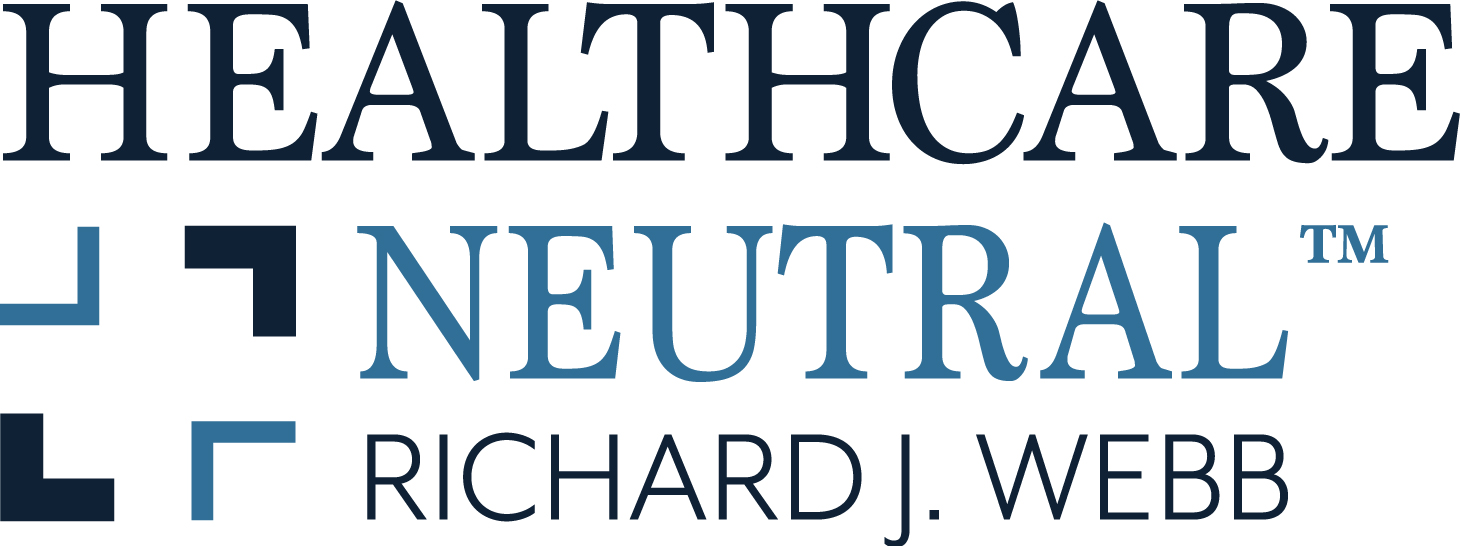
Wal-Mart Healthcare Subrogation Case Highlights Need To Get All Players At The Table
November 20, 2007
[Image: Photo of Poker Table at the 2004 World Poker Tour 5 Diamond Bellagio by
flipchip/LasVegasVegas.com]
As reported by Debra Cassens Weiss in the ABA Journal, a front page story in today\’s Wall Street Journal highlights the growing importance of accounting for subrogation claims of healthcare payers when resolving personal injury disputes. The WSJ article recounts the very sad story of Deborah Shank, a former Wal-Mart employee who was permanently brain damaged in a non-work accident. Wal-Mart\’s health plan paid $470,000 towards her medical expenses, but after the Shank family settled its underlying tort claim against an unrelated trucking company, Wal-Mart sued the Shanks to recover the medical expenses that had been paid by Wal-Mart, citing a subrogation provision in the Wal-Mart health plan. So far, two courts have upheld Wal-Mart\’s claim.
The tragic circumstances of the Shank family and the huge economic disparity between the parties\’ drive the focus of the WSJ article and subsequent commentary in the WSJ Health Blog following a post by Joe Mantone.
Leaving aside the moral debate that naturally arises on these facts, there is a lesson here for neutrals and all counsel involved in resolving disputes that include the payment of significant healthcare expenses by someone. It is risky business to fail to account for all interested players, including the healthcare payers who may be well behind the curtain when a settlement is being crafted. (This is not to say that a better result could have been obtained for the Shanks – the limits of the defendants\’ insurance and Wal-Mart\’s approach to settlement may have made the outcome unavoidable.)
What Joe Mantone calls “a cottage industry of auditing firms” is helping payers to recoup what they estimate is between 1% and 3% of healthcare spending – big numbers by any standard. And the fact that a company like Wal-Mart would take on the public relations cost of pursuing its claim against the Shanks tells you that big business is prepared to make the pursuit of healthcare expense subrogation a standard operating procedure.
Other topics spring to mind, some of which may be resolved by state law but some are not. Can the settlement be lawfully structured to minimize the injured party\’s subrogation exposure? Does it matter if the healthcare payer participates? Has notice? What is the neutral\’s role and ethical obligation in this regard?
